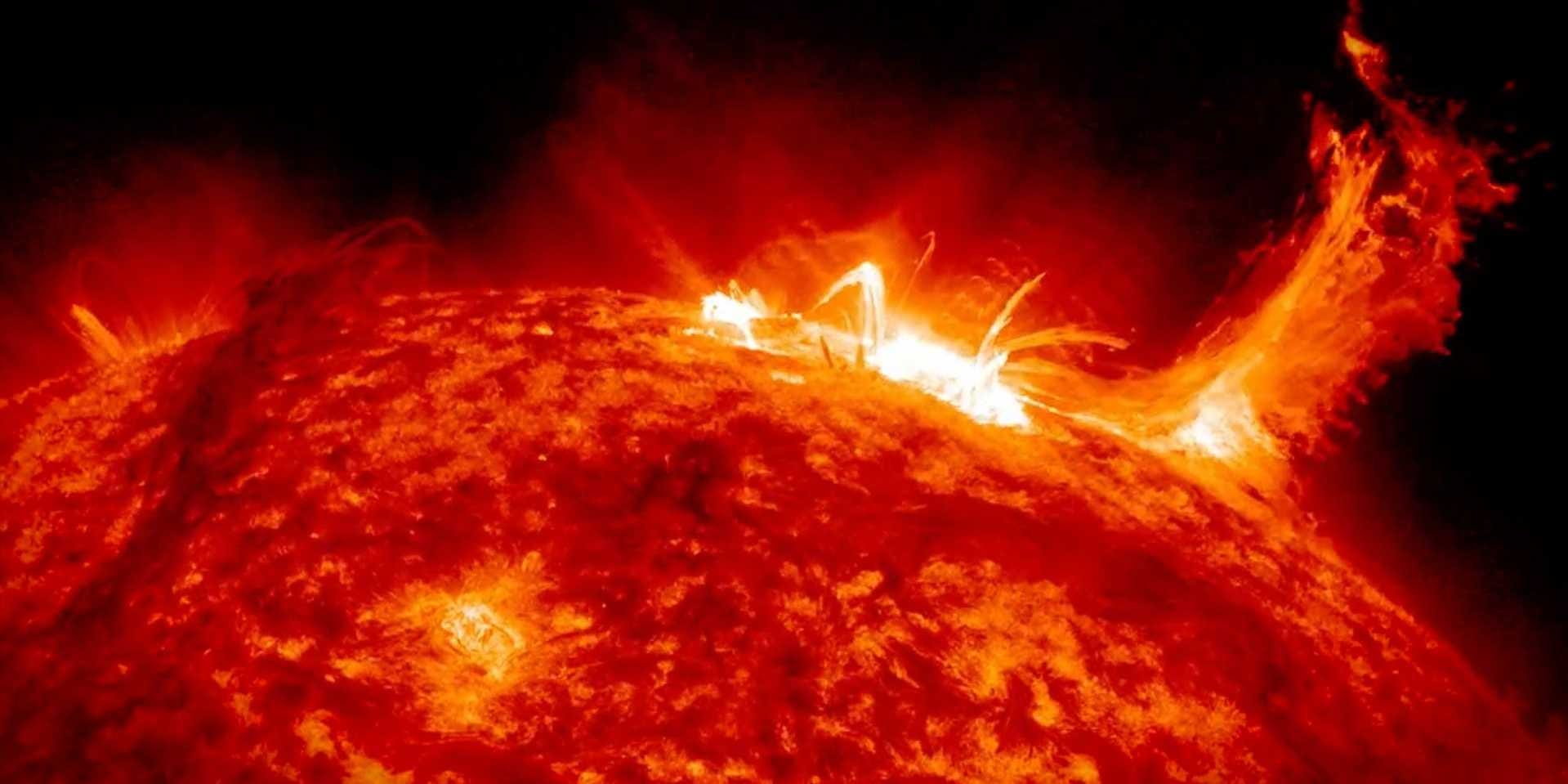Scheduled for December 24, 2024, NASA’s Parker Solar Probe is poised to approach the Sun at a velocity of 195 km/s, equivalent to 435,000 mph. A scientist involved in the project expressed the significance, stating, “We are basically almost landing on a star.”
This marks a pivotal moment in space exploration as NASA’s Parker Solar Probe approaches the Sun in a milestone event. Launched on August 12, 2018, the probe is set to make its historic flyby at 195 km/s or 435,000 mph on December 24, 2024, with the mission’s goal described on NASA’s website as “touching the Sun” and obtaining the “first-ever sampling of a star’s atmosphere.”
“We are basically almost landing on a star,” Nour Raouafi, a scientist on the project, told the BBC.
“This will be a monumental achievement for all humanity. This is equivalent to the Moon landing of 1969,” he said.
The mission’s objective is to enhance our comprehension of the Sun by having the probe orbit at a closer proximity to the Sun’s surface than any previous mission, even within the orbit of Mercury, according to NASA.
The probe collects crucial measurements and images to aid scientists in understanding the origins and evolution of solar wind. Additionally, it plays a pivotal role in predicting alterations in the space environment that impact life and technology on Earth.
During its journey, the probe will confront intense heat and radiation, venturing “more than seven times closer to the Sun than any spacecraft” has ever ventured.



